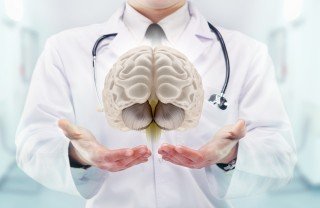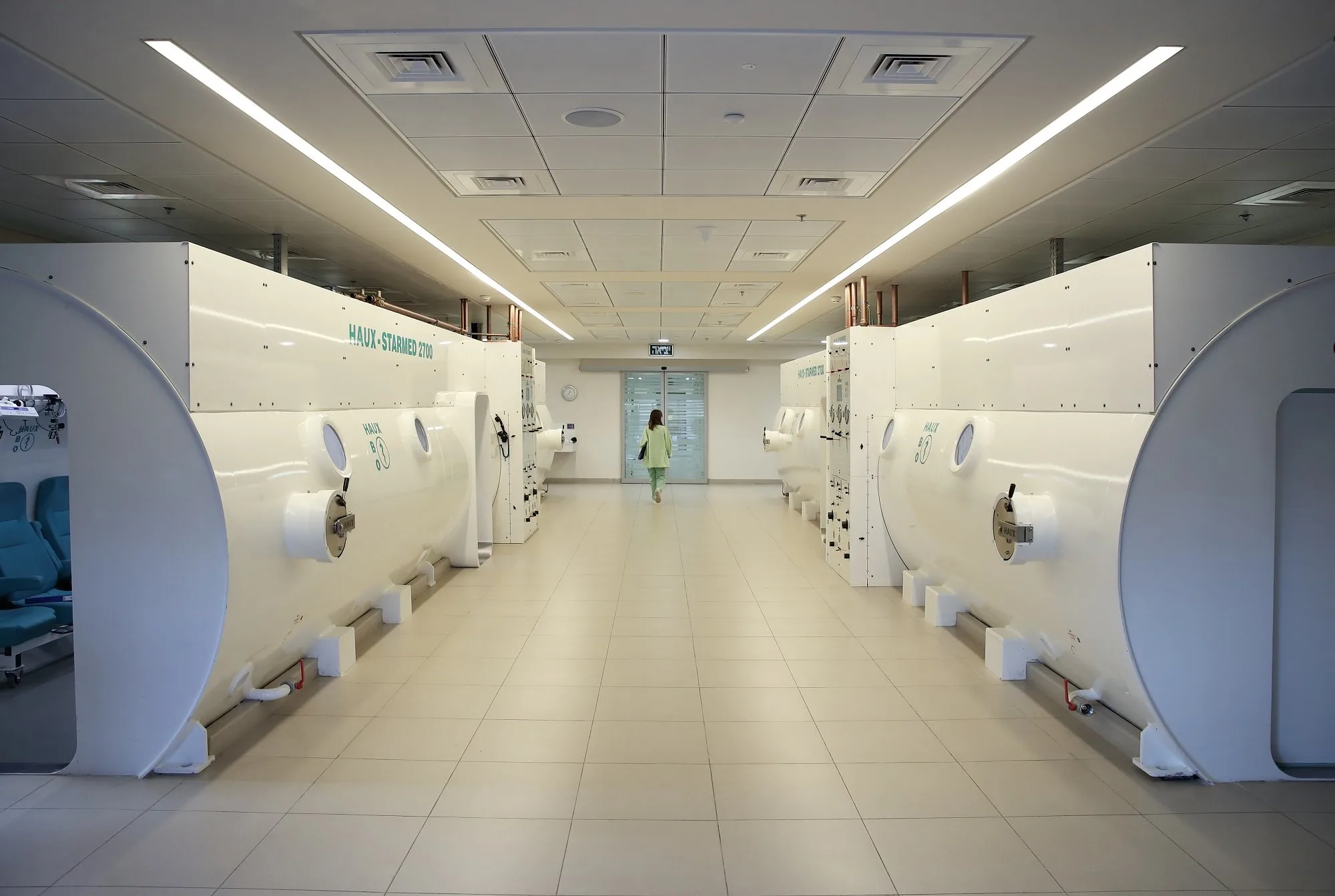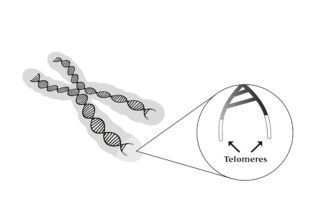For the first-time a human study shows the reversal in biology of aging, with hyperbaric oxygen therapy (HBOT)
TEL AVIV – November 18, 2020: In a scientifically verified approach, signalling an important breakthrough in the study of aging, Tel Aviv University and The Sagol Center for Hyperbaric Medicine and Research at Shamir Medical Center announced today that, for the first time in humans, two key biological hallmarks of aging, telomere length shortening, and accumulation of senescent cells, can be reversed. The prospective clinical trial, published in peer-reviewed Journal Aging, utilizes Hyperbaric Oxygen Therapy protocols to demonstrate cellular level improvement in healthy aging adults.
Hyperbaric Oxygen Therapy targets aging as a reversible disease
The prospective clinical trial is part of a comprehensive aging research program taking place in Israel. The study was conducted by Prof. Shai Efrati, MD, from the Faculty of Medicine and Sagol School of Neuroscience at Tel Aviv University, and Amir Hadanny, MD, Chief Medical Research Officer of The Sagol Center for Hyperbaric Medicine and Research and co-author of the study. Using a specific protocol of hyperbaric oxygen therapy (HBOT), telomere length was significantly increased and senescent cells were reduced in a population of healthy aging subjects. The study was published in the peer-reviewed journal Aging. Titled: Hyperbaric Oxygen Therapy Increases Telomere Length and Decreases Immunosenescence in Isolated Blood Cells: A Prospective Trial.
A significant breakthrough in the study of aging
The biological deterioration of aging is cited as a major risk factor for cancer, cardiovascular diseases, diabetes, dementia, and Alzheimer’s disease. At the cellular level, two key hallmarks of the aging process are:
- Shortening of telomere length to approximately 20-40 bases per year, which is associated with a variety of serious life-threatening illnesses; and
- The accumulation of senescent cells, the so-called “old malfunctioning cells,” inhibit cell proliferation. The accumulation of senescence contributes to many age-associated conditions and illnesses, while the elimination of those cells can reverse them, as shown in previous animal studies.
The first study to evaluate telomere length and senescence
This is the first study to evaluate whether hyperbaric oxygen therapy can affect telomere length and senescence using a specific HBOT protocol. The trial included 35 healthy independent adults aged 64 and older. They did not undergo any lifestyle, diet, or medication adjustments.
 How was the study conducted?
How was the study conducted?
Each patient received 60 daily hyperbaric oxygen therapy sessions over the course of 90 days. Whole blood samples were collected prior to treatment, at the 30th and 60th session, and one to two weeks following the last HBOT session, to assess peripheral blood mononuclear cells (PMBCs) telomere length and senescence.
The holy grail of the biology of aging
“After dedicating our HBOT research to exploring its impact on the areas of brain functionality and age-related cognitive decline, we have now uncovered for the first time in humans hyperbaric oxygen therapy’s biological effects at the cellular level in healthy aging adults,” said Prof. Shai Efrati.

Professor Shai Efrati
“Since telomere shortening is considered the ‘Holy Grail’ of the biology of aging, many pharmacological and environmental interventions are being extensively explored in the hopes of enabling telomere elongation.”
Significant improvement of telomere length
“The significant improvement of telomere length shown during and after these unique hyperbaric oxygen therapy protocols provides the scientific community with a new foundation of understanding that aging can, indeed, be targeted and reversed at the basic cellular-biological level.”
 Improvements in just three months
Improvements in just three months
Results found that the telomere length of T helper, T cytotoxic, natural killer, and B cells increased significantly. They rose by over 20 percent, following HBOT. The most significant change was in B cells, which increased during the 30th session, 60th session, and post HBOT by:
- 25.68%±40.42 (p=0.007)
- 29.39%±23.39 (p=0.0001)
- 37.63%±52.73 (p=0.007)
In addition, there was a significant decrease in the number of senescent T helpers by -37.30%±33.04 post-HBOT (P<0.0001). T-cytotoxic senescent cell percentages decreased significantly by -10.96%±12.59 (p=0.0004) post-HBOT.
“Until now, interventions such as lifestyle modifications and intense exercise were shown to have some inhibition effect on the expected telomere length shortening,” explained Dr. Hadanny.

Reverse the aging process!
“However, what is remarkable to note in our study, is that in just three months of hyperbaric oxygen therapy we were able to achieve such significant telomere elongation – at rates far beyond any of the current available interventions or lifestyle modifications. With this pioneering study, we have opened a door for further research on the prolonged cellular impact of HBOT to reverse the aging process.”
What is a hyperbaric oxygen chamber?
Hyperbaric oxygen has been used to treat several illnesses and injuries for which the FDA has approved. According to Johns Hopkins, hyperbaric oxygen therapy was first used in the U.S. in the early 20th century. “This was when Orville Cunningham used pure oxygen to successfully treat someone dying from the flu. He developed a hyperbaric oxygen chamber but dismantled it after his use of therapy for other conditions failed. The therapy was tried again in the 1940s when the U.S. Navy used hyperbaric oxygen to treat deep-sea divers who had decompression sickness. By the 1960s, the therapy was also used to combat carbon monoxide poisoning.
Today, it’s still used to treat sick scuba divers and people suffering from carbon monoxide poisoning, including firefighters and miners. It has also been approved for more than a dozen conditions ranging from wound care, burns to bone disease:”
How does it work?
Firstly, there is a notable difference between portable hyperbaric oxygen therapy chambers or pods you can buy on the internet and even those you may use at walk-in health centres. This is not to be confused with medically designed, approved hyperbaric oxygen therapy suites referred to in this scientific study.
According to the Mayo Clinic, hyperbaric oxygen therapy is generally a safe procedure. Complications are rare. But this treatment does carry some risk.
Nobel Prize for Medicine
Research into the revitalizing powers of oxygen has been in the spotlight recently. In October 2019, the Nobel Prize for Medicine was awarded to three researchers for their discovery of how living cells sense and react to changes in oxygen levels.
Maximize rejuvenation
Our body senses fluctuations in oxygen and that rejuvenation processes can be triggered by these oxygen fluctuations. This is one of the main principles behind the hyperbaric oxygen therapy medical protocol. The treatment involves the inhalation of 100% pure oxygen while sitting in a large HBOT suite. The chamber is pressurized with air to above atmospheric levels. During HBOT, oxygen levels in the body’s tissues rise 10-15 times over that of normal conditions. First, it increases the oxygen levels in the body’s tissues. It then fluctuates the level of oxygen in the body to enhance the body’s natural processes of rejuvenation. By controlling and combining these two processes, the medical team can maximize the rejuvenation potential of a person’s body and brain.
How long is the treatment?
The treatment begins with three days of intensive assessments, identifying a person’s baseline cognitive and physical performance. Hyperbaric oxygen therapy sessions will take approximately two hours per day, five days a week, for 12 weeks. Two to three times a week, at a designated clinic and increased to 2.5 hours to allow the person to participate in additional on-site training if needed.
How long do the results last?
The longevity of results varies from one individual to the next. They also depend on the person’s individual biology and lifestyle – mainly nutrition and physical activity. In terms of the study, in just three months of HBOT, the scientists were able to achieve a significant telomere elongation. This is at a rate far beyond any of the currently available interventions or lifestyle modifications.
Watch our interview with Professor Shai Efrati on the Nielsen Network
About the scientists
Professor Shai Efrati (pictured above) is an Israeli physician. He is also an associate professor at the Sagol School of Neuroscience at Tel Aviv University. Moreover, his title includes director of the The Sagol Center for Hyperbaric Medicine and Research at Shamir Medical Center at the Shamir Medical Center in Israel. Professor Efrati is also medical advisor and serves as Chair of Aviv Scientific’s Medical Advisory Board.

Amir Hadanny MD
Amir Hadanny, MD is a senior physician, certified neurosurgeon and a hyperbaric physician and Chief Medical Research Officer at the Sagol Center for Hyperbaric Medicine and Research and Shamir Medical Center. For the past decade, Dr. Hadanny has worked alongside Professor Shai Efrati on novel research focused on neuro-rehabilitation, neuro-plasticity and physiology. He has published more than 25 research papers focused on the effects of HBOT.
Read more on your brain as you age, from the Cleveland Clinic’s specialist on Alzheimer’s.



 Improvements in just three months
Improvements in just three months![women [longevity live]](https://longevitylive.com/wp-content/uploads/2020/01/photo-of-women-walking-down-the-street-1116984-100x100.jpg)










